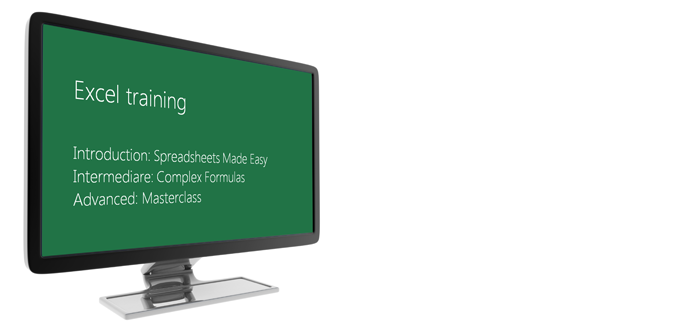
Events
Hydraulics Stage Two – Industrial
Member Price – £1,600 + VAT
Non-member Price – £1,695 + VAT
Duration – 4 Days
Designed for Plant Managers, Engineers, Technicians & Craftsmen involved in the maintenance & management of fluid power systems, also Technical Representatives.
The programme will focus on installation, commissioning, testing & fault diagnosis & will involve a high degree of ‘hands-on’ practical training to support the further development of the vital skills required to manage & maintain today’s complex systems.
For engineers working offshore we can allocate specific course time to the Stage 2 Industrial programme to cover specific offshore applications and carry out relevant practical tasks.
Course Aims
- To take your overall knowledge and skills to the next level to enable you to better manage and maintain complex hydraulic systems with a range of controls
- Ensure that you know the causes of failure in hydraulic systems and apply the necessary preventative measures and know the procedures to follow to carry-out effective fault diagnosis
Course Objectives
Knowledge Based
On completion of this course candidates will know:
- The function of pilot controlled DCV’s, logic cartridge valves, proportional valves and load holding valves
- Operation and performance of pumps and pump controls in common use
- The recommended procedures to follow for installation and commissioning
- The maintenance techniques in current use and their effectiveness
- The causes of failure in a hydraulic system and the fault-finding procedures to follow
- Risk assessment and the health and safety requirements for hydraulic systems
Skills Based
During the practical section of this course candidates will engage in and apply the following skills:
- Build hydraulic circuits by interpreting a hydraulic diagram
- Set pressure control valves for relief, sequence, reducing and counterbalance functions
- Connect the electrical interface to the hydraulic controls using manual switches and pressure switches
- Apply hydraulic and electrical sequencing techniques
- Apply load holding techniques
- Set up an amplifier to operate a proportional DCV
- Compare pump pressure compensator and load sensing controllers
- Apply specific fault-finding techniques to hydraulic circuits



